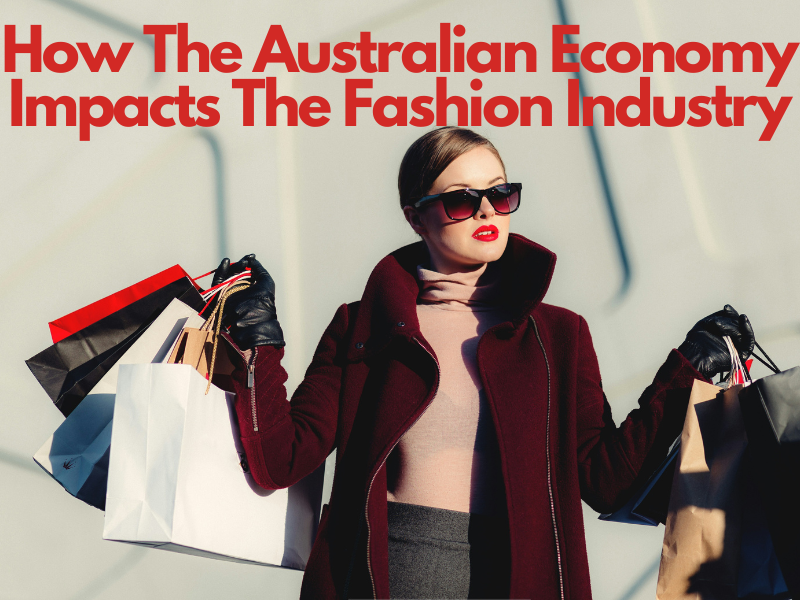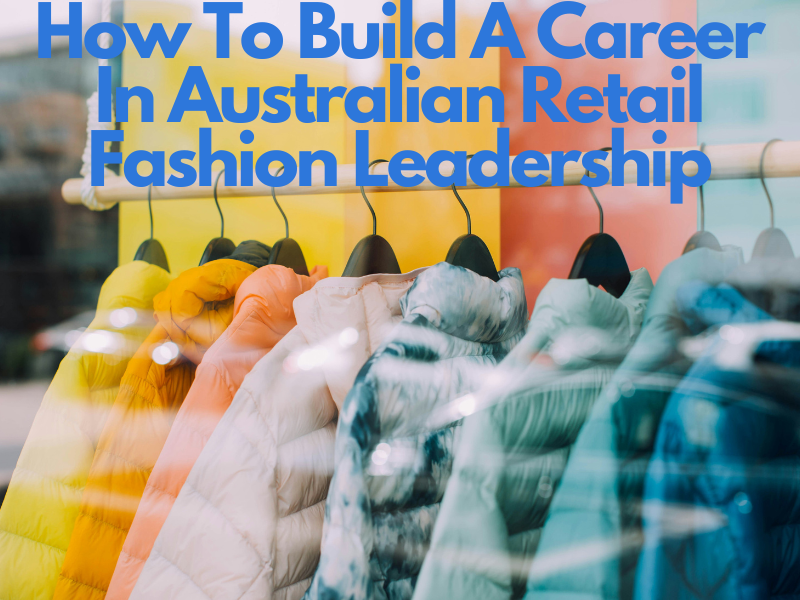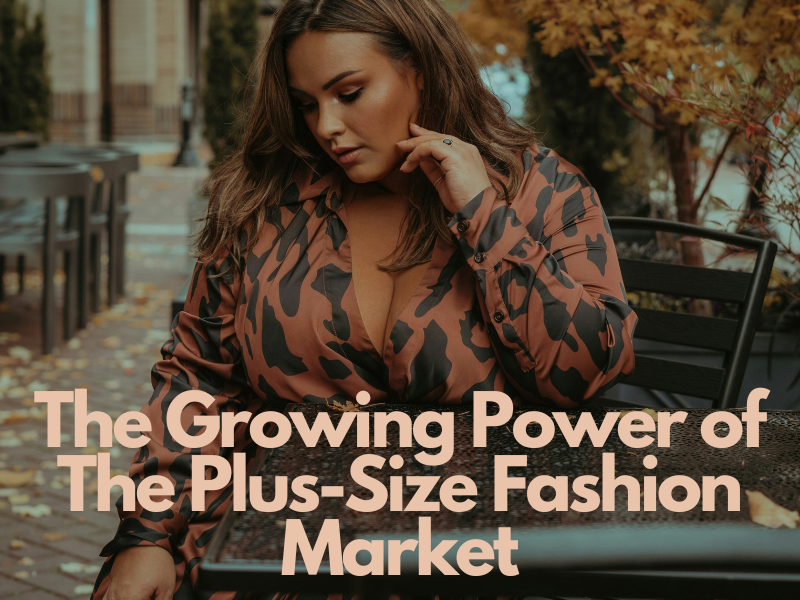The swing back to Australian-made fashion
The pandemic has shifted consumer behaviour for Australians. There’s been a huge decrease in the demand for office attire, evening wear but an increase in loungewear, the rise of the ‘wearable blanket’- the Oodie and an awareness of the impact of how and where we are spending our discretionary income.
Corporate Strategist Rosanna Iacono, a brand advisor with a rich history in Australian and overseas fashion, has been advising Fashion Industry Advocacy Group, The Australian Fashion Council (AFC) on the the current state and future of fashion.
The study, titled ‘High Fashion to High Vis: The Economic Contribution of Australia’s Fashion and Textile Sector’ was released in May this year. It is the most comprehensive study of the entire fashion and textile ecosystem in Australia. One of the key findings was the huge economic contribution to the national economy that the industry makes - $27 billion, including $7.2 billion in exports and employs close to 500,000 people. It is also a significant employer of women: 77% of the workforce of the fashion industry is female, compared to the national average of 47%.
“In this post-pandemic environment, manufacturing sovereignty has become a key issue and there has been a strong call-out to buy more Australian-made goods,” Iacono says. “But the reality is we can’t just flick a switch and bring a huge portion of manufacturing back overnight.”
The report explains that the industry withstood the worst effects of COVID-19 due to the strong shift towards online sales. It also outlines that the leading industry challenges are the rising business costs and supply chain volatility.
The shift towards Australian manufacturing by fashion brands is due to a range of reasons:
- Overseas shipping is less attractive due to reduced capacity and the resultant increased fees and lead times
- Rising tensions between China and Australia due to political reasons and the instability that this has caused to manufacturing
- Consumer-driven/emotional reasons driven by challenges we have experienced such as bushfires, drought, floods and the pandemic. However, whether this will result in consumers being prepared to pay more for their clothes is another thing.
Julian Collins, Global Sales Manager at ABMT, one of Australia’s largest fashion manufacturers, feels that ‘Australian brands are feeling more patriotic’. Typically, 20% of Aussie brands manufacture in Australia but this figure is due to double in the next calendar year, for many of the reasons outlined above. He has daily enquiries from Australian fashion brands but is selective about new partnerships, focusing on longevity and profitability.
Like to chat more about the upswing to local manufacturing? Speak to Janine, Amy and Natalie from Permanser Consulting.










